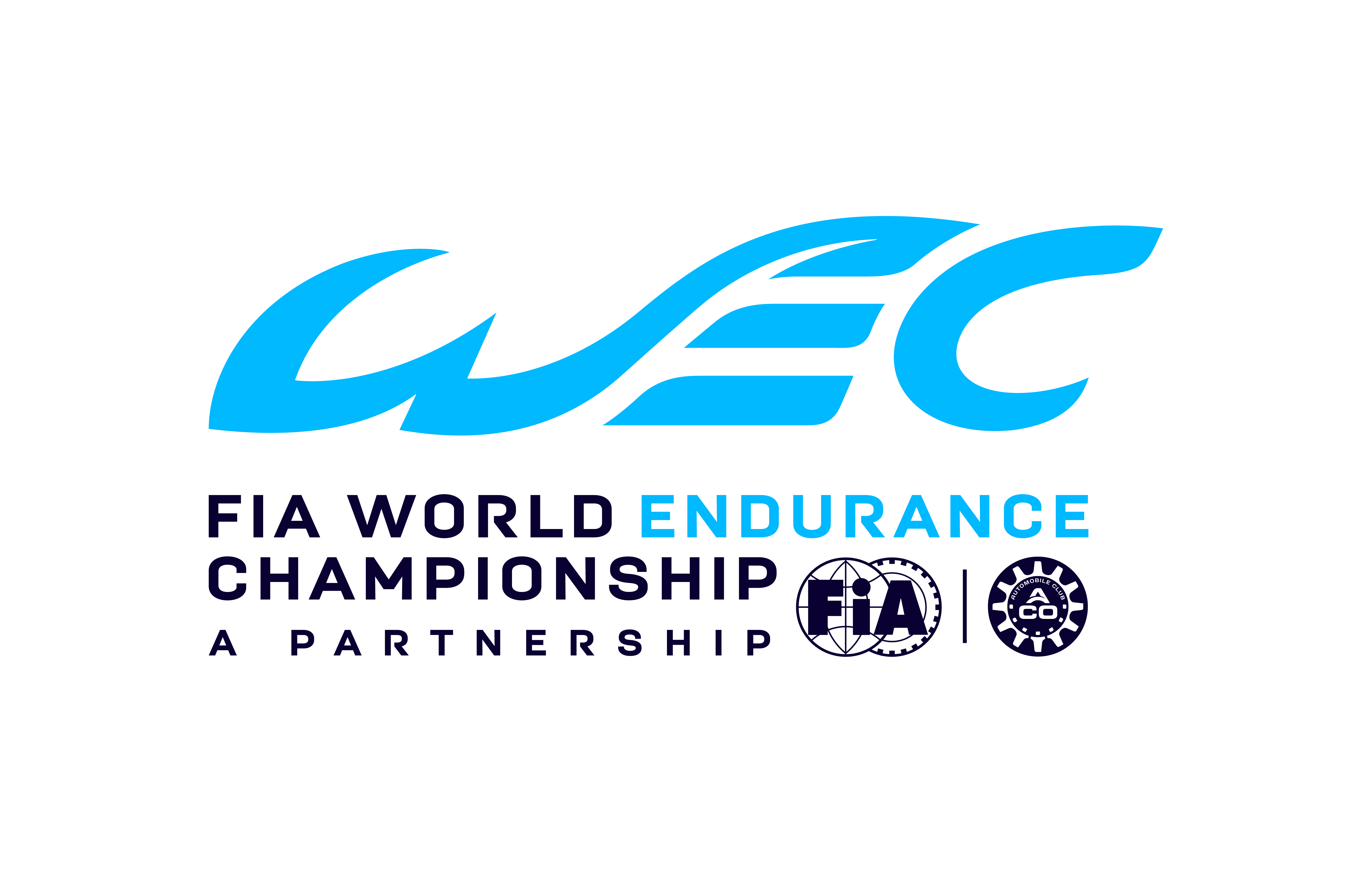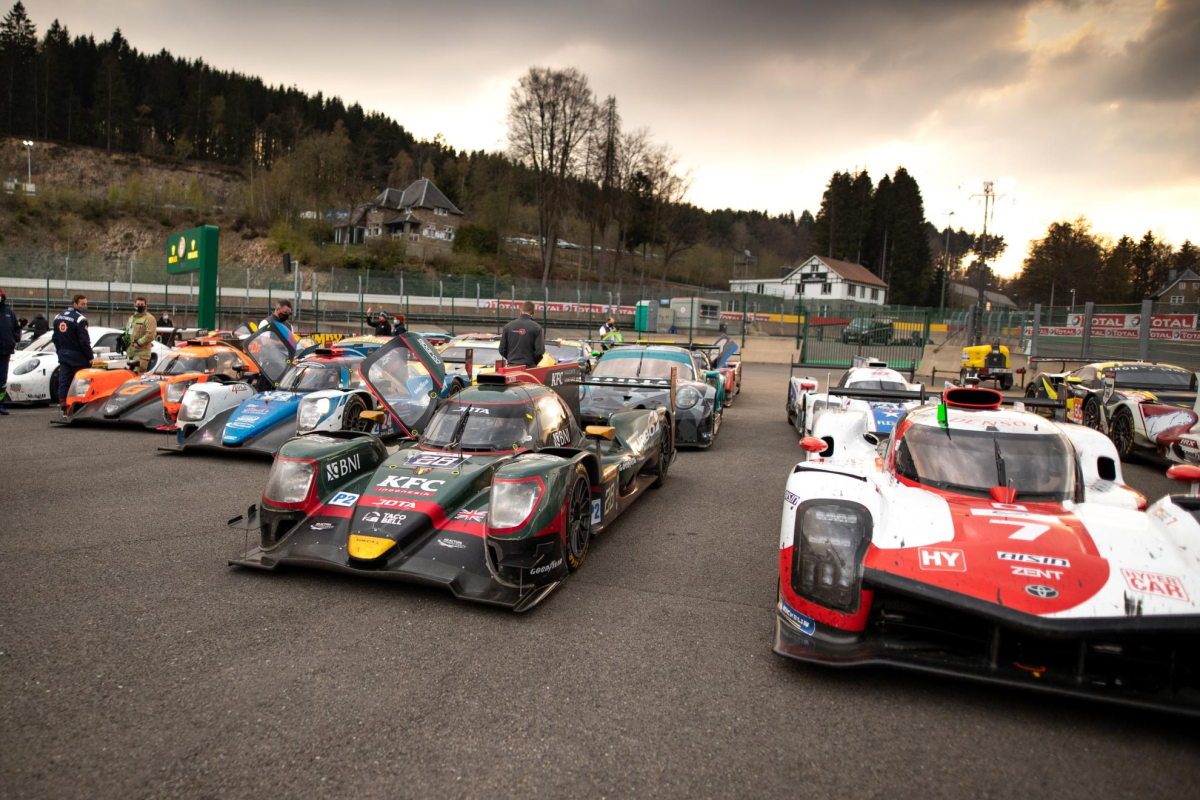
As the FIA WEC is set to celebrate its tenth anniversary in 2022, we take a look at some of the key differences between last year and the new up-and-coming season.

Once again, sporting fairness and cost control remains at the forefront of any amendments to the regulations and below we have highlighted some of the key changes ahead of WEC Season 10.
Fuel
The WEC will adopt a new renewable fuel for 2022: Excellium Racing 100. This 100% renewable fuel produced by TotalEnergies will be produced on bioethanol basis made from wine residues from the French agricultural industry, and from ETBE produced at TotalEnergies' Feyzin refinery near Lyon (France) from feedstock also sourced by the circular economy. This will allow for greenhouse gas (GHG) emissions savings of at least 65% compared with traditional fossil fuels.
Testing
There will be a limitation on testing days in the Hypercar category from this season. They have been summarised below:
- 10 days maximum (closed and open tests) per car entered in the championship
- 20 days maximum (closed and open tests) per competitor
- Each competitor will have a maximum of four days of closed private testing
Dry weather tyres have also been limited for Hypercar testing. However, the limits of private testing do not concern competitors entered with a car the model of which is in its first season following its date of homologation.
Rookie Test
The amended regulations now state that one car of each homologated model of car in the Hypercar category must participate in the official WEC Rookie test. It also states that each winning Competition car in each category must enter at least one car in the test and complete a minimum of 30 laps during the test.
Driving Times per race
This area has been simplified for 2022 and now states that across all categories, any driver who has driven less than one hour in total will not score points in the championship, in addition to the penalties applicable under these regulations. Driver times for six and eight hour races have also been amended. For a six hour race, the minimum driving time for a Silver or Bronze rated driver in LMP2 is 1h15 and for LMGTE Am, it is 1h45. During an eight hour race, minimum driving time for Silver and Bronze drivers in LMP2 will be two hours and in LMGTE Am it will be 2h20.
Pit lane, pit stops and interventions on the car
Safety remains priority in 2022, thus some of the rules have been refined to enable the officials to better evaluate potential infringements. For instance, in order to place a car correctly in the working lane, the teams will now be allowed to use skates. The position of a driver helper has also been reintroduced, meaning that a designated crew member will be allowed to assist during driver changes.
Slow Zones
These will no longer apply in the WEC (except for the 24 Hours of Le Mans).
Cost-saving measures
As part of ongoing efforts to implement cost-saving measures, competitors in Hypercar will be restricted to 20 operational staff per car or 22 for cars when it is a car homologated with ERS. For the second year in a row, the 2022 season will take place over a reduced number of races (six) compared to previous years.
Penalties at end of the race
These have been streamlined for the new season. The regulations state that if a penalty is notified on the timing screens during the last five laps of the race and the car does not serve the penalty, then a 30 second penalty will be added for a Drive-Through penalty and 35 seconds will be added for a Stop & Go penalty.